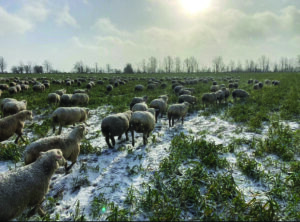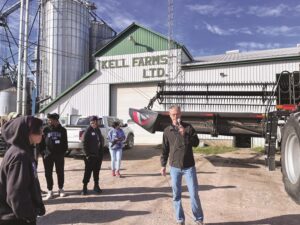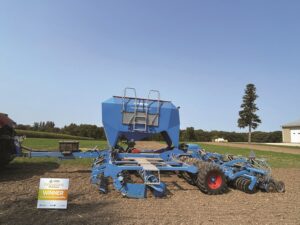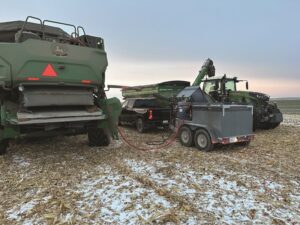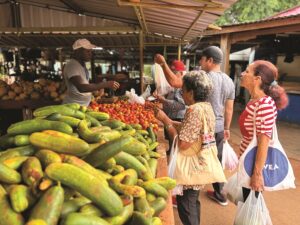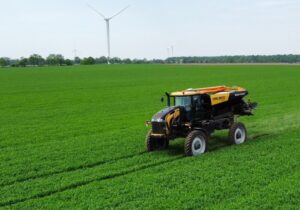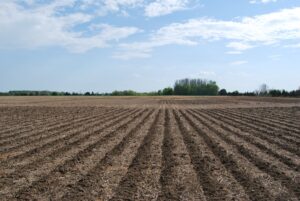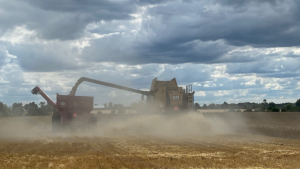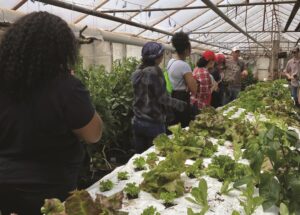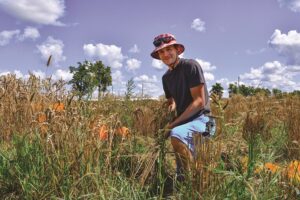Controlling herbicide-resistant weeds
EARLY APPLICATION AND CROP DIVERSITY CRITICAL
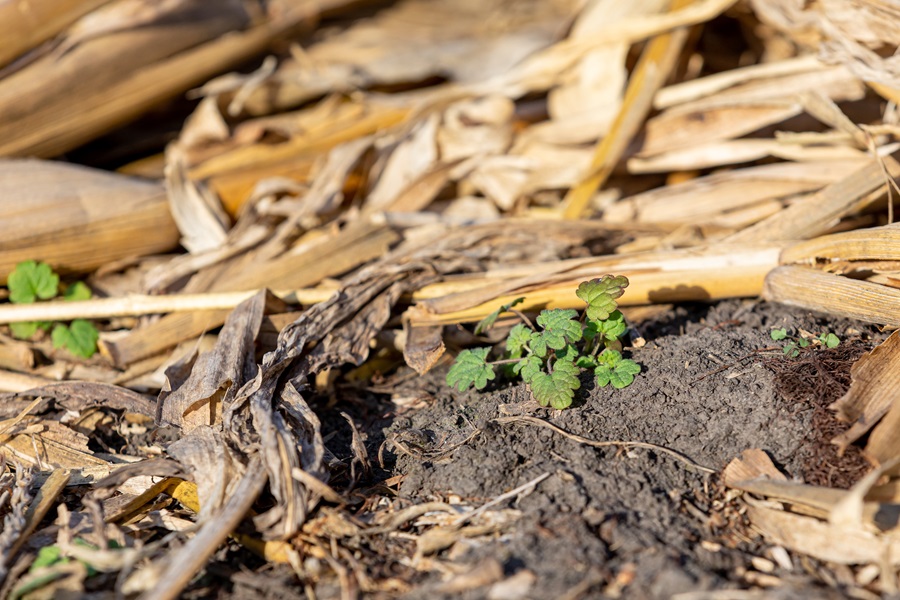
Highly effective weed control is still possible with the right chemistry and the right approach to application.
As herbicide-resistant weeds continue to proliferate and diversify, farmers are going to have to spend more money on controlling and diversifying crop rotations to avoid exacerbating yield losses.
IMPACTS OF LATE POST- EMERGENCE APPLICATION
Dr. Peter Sikkema, (now retired) professor and field crop weed management expert at the University of Guelph Ridgetown Campus, recently concluded two studies analyzing the effectiveness of different herbicides and herbicide mixtures, and timing of application, on controlling problem weeds – including those with multiple resistances to different activity groups.
For the first study – on emerging weed management issues in corn, soybean, and cereals – Sikkema says the take-home message is that post-emergence weed control is not enough to prevent yield losses, particularly in corn, and when application occurs late.
“I think many farmers across Ontario do not appreciate how much money they’re losing by going with a total post-emergence weed control program for corn. If weeds are an inch or two inches in height, they think that’s okay. They can have a perfectly clean field at harvest time and not realize how much they lost,” says Sikkema, noting soybeans are comparatively less susceptible to weed interference, though still somewhat affected.
A delayed post-emergence herbicide application in corn when weeds are five centimetres in height, for example, results in a yield loss of 5.5 bushels per acre, or $26.62 per acre. When herbicide application is delayed until weeds are 10 centimetres in height, yield losses total 16.3 bushels per acre or $79.24 per acre. For weeds of five and 10 centimetres in height in soybeans, a delayed post-emergence herbicide application results in a yield loss of one bushel per acre, or $13.37 per acre, and 1.5 bushels and $18.67 per acre, respectively.
Asked why such yield losses have gone unnoticed, Sikkema believes it stems in part from the introduction of better post- emergence herbicides in the 1990s – the doctrine at the time being to let weeds come up so applicators knew what needed to be targeted and where. The introduction of Roundup-Ready corn amplified this in the early 2000s.
However, things have dramatically changed in the last 10 to 15 years.
“The research since then has reiterated starting clean, whether you’re growing corn, soybeans, dry beans, or anything. That means putting down your best soil-applied herbicide and managing the escapes,” says Sikkema. Knowledge of weed pressure in previous years and the herbicide sensitivity of future crops is also critical.
“In some years, you will not have to put on any post-emergence herbicide…In other years, you’re going to have weed escapes and need to put herbicide on that matches those escapes.”
MORE CROP DIVERSITY NEEDED
The second study analyzed the effectiveness of different weed management programs for weeds tolerant to glyphosate and those resistant to multiple herbicide groupings. This includes Canada fleabane and waterhemp.
Many herbicide programs were found to be highly effective. A 96 to 99 per cent control average of Canada fleabane in corn was achieved with a pre-plant herbicide application of Callisto plus Acuron, for example. Post-emergence applications of Group 4 herbicides in corn brought 92 to 96 per cent control as well. While the results from these and other chemistry combinations are promising for control of Canada fleabane in Ontario’s staple grain crops, Sikkema says complacency is not an option.
“The first glyphosate-resistant Canada fleabane was found in 2010 in Essex County. In six growing seasons, it spread 800 kilometres. In 75 per cent of those counties, it was Group 2 and Group 9 resistant. By around 2015, it was border to border along the main crop-producing regions in Ontario,” says Sikkema.
“The potential losses for Ontario farmers are just huge. Our data shows average yield loss in corn was 54 per cent, and 65 per cent in soybeans, based on the severity of pressure from Canada fleabane.”
A similar and potentially more threatening story can be told for waterhemp – a weed that has developed populations wielding resistance to five different herbicide groups and which has spread across the province at a speed Sikkema calls “shocking.”
“I always want to be respectful. Farmers make decisions for all sorts of reasons. But in general…I feel very strongly we need to introduce more diversity into our crop and weed management programs,” Sikkema says. He adds a good start is maintaining winter wheat in corn-soybean rotations, but a fourth crop – potentially one with a different life cycle – would be much better in keeping fields clean and reducing the speed at which new weed biotypes evolve.
“We need to take advantage of different methods of weed control as well. That could be a rotation, a cover crop…then layer on top using a wide array of different herbicides with different modes of action. Instead of looking back retroactively at what’s been applied in the past – look ahead. Make a weed management program based on what you would like to do in years to come.”
Funding for these projects was provided by Grain Farmers of Ontario, BASF, Bayer, Corteva, FMC, Syngenta, and Valent/Nufarm. •











